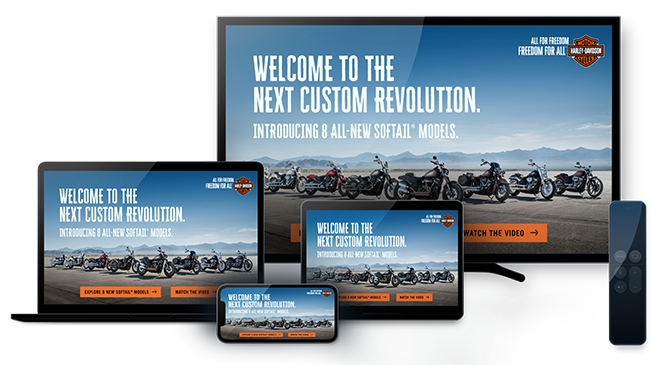How Healthcare Ad Innovators Work Creatively Within Regulatory Restraints
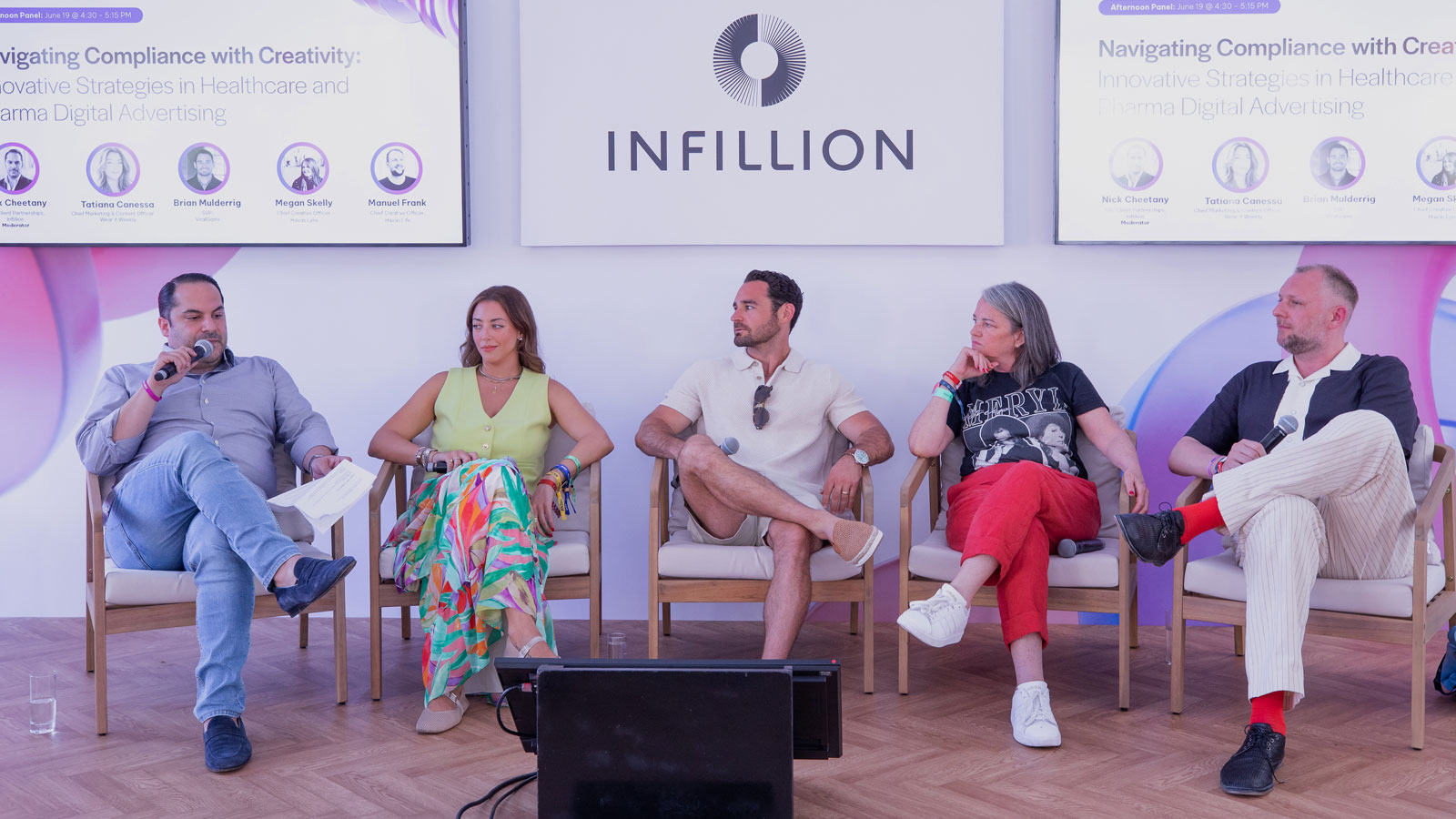
It goes without saying that the advertising industry’s creative options have exploded beyond the simple 30-second TV spot. From interactive streaming ads that take the form of games or quizzes, to mobile ads with built-in AI chatbots, the possibilities for brands seem boundless.
But not all these innovations are open to the heavily regulated healthcare sector. From rules that restrict messaging, to mandatory disclosures, to constraints on the ability to target, pharmaceutical and other medical companies have long needed to operate within strict limits. Meanwhile, consumers are turning to social media influencers and large language models (LLMs) like ChatGPT for insights and answers about their health. New opportunities open up – but the same regulations and restrictions persist.
“Sometimes we get so excited about, ‘Let’s be creative! Let’s think outside the box’ – in-house but also with the agencies we work with, and you get this amazing project but you can’t use it at all,” said Tatiana Canessa, innovation activation marketing manager at Johnson & Johnson Innovation.
There’s no shortage of innovative talent within healthcare companies and their ad agencies, so how can they maximize it within bounds? This tension was the subject of a panel Infillion hosted at Cannes Lions, in which Infillion SVP of sales Nick Cheetany moderated a panel of experts from the brand, agency, and technology sides of the industry.
Get to the humanity
In addition to being heavily restricted, the healthcare vertical is also challenged by the fact that it plays in such personal territory. When it comes to appealing to consumers’ health needs, automated and impersonal messaging won’t fly. That’s at the heart of why, as Cheetany pointed out, 85% of healthcare marketers are now using video as a channel, in spite of the restrictions. The reason: That’s where consumers are. They’re sharing TikTok videos about their health journeys, following Instagram influencers with similar diagnoses, and looking to YouTube for tutorials on how to optimize their lives.
Nowhere has this become more evident than amid the rise of GLP-1 drugs and their use in weight loss. Not only are there multiple GLP-1 options on the market, but the 1 in 12 Americans who use these medications are full of questions about diet, side effects, workout routines, and more. To be part of conversations on social media and video platforms, ad agency Havas has launched a YouTube series called “Shape Shifting” that puts it squarely in the same conversations that consumers are having.
“We call it ‘welltainment,’ [and] we do it for our GLP-1 work,” said Manuel Frank, chief creative officer of Havas Life New York. “Mostly, it’s about meeting people where they are [and] the content formats that people are used to.”
Frank’s colleague Megan Skelly, chief creative officer of Havas Lynx New York, concurred. “Our brands are just brands like any other brand, and we need to be showing up in the platforms and in the places where people are actually consuming content,” she said. “Changing how we think about reading our audiences is really important.”
Brian Mulderrig, senior vice president of ad tech company ViralGains, which works extensively with the healthcare vertical, said that video – particularly interactive video – provides the ability to expand a narrative beyond the bounds of a smaller and more static ad. This gives the brand the ability to tell a fuller and more in-depth story. “Healthcare is highly personal, and video specifically allows us to build empathy and nuance and clarity to a number of pretty complex issues,” Mulderrig said.
When the box is small, everything is “outside the box”
Both Havas creative executives said that they actually like having rules: It makes them think strategically.
“We’re always looking for rules in order to nail the brief and the audience and achieve your KPIs,” Megan Skelly said. “Creatives that work in this field are probably some of the most creative, because working within those confines you really have to use all your levers.”
Manuel Frank said, perhaps controversially, that “I don’t think creativity thrives on freedom.” Rather, the way he sees it, the healthcare industry’s restrictions provide focus and discipline. “What we’re looking for in a creative brief is fences, because we have a job to do. I’m not an artist.”
This outside-the-box thinking can extend to partnerships, too. Healthcare companies might be operating under heavy restrictions, but they often partner with other companies that aren’t. “There are other products that are a lot sexier to sell,” Johnson & Johnson’s Tatiana Canessa said. “I think that it’s great to find the key partners that bring the creativity that you cannot because of the regulations.”
Be nice to your lawyers
The legal and regulatory hurdles in healthcare marketing mean that both brands’ and agencies’ legal departments play a particularly crucial role. “Getting the legal teams involved as early in the process as possible is super important,” ViralGains’ Brian Mulderrig said, recounting a pharmaceutical client for whom legal approvals took a full nine months. “On initial engagement, we send a full legal document to everyone we engage with in the healthcare space.” What’s key is “getting all the teams on the same page – creative, planning, activation, and legal; and client-side.”
Lawyers aren’t typically seen as stewards of creativity in advertising, but in the healthcare vertical, they can be the ones pushing along those big ideas.
“You have to befriend your legal people. They have to be your best friends,” Tatiana Canessa said. “If you have a good relationship and they understand what your vision is, and they understand that you’re not putting the brand at risk in any form, they’ll help you. They’ll be your best allies.”
The worst you can hear is “no”
There’s the core fear, though: “putting the brand at risk.” Whether it’s from running afoul of regulations or unintentionally turning off consumers with marketing or targeting that gets too personal, the consequences for a healthcare brand can be very real. Innovators in the space, though, say that it’s necessary to be a little bit audacious. Otherwise, they’ll end up restricting themselves.
“It seems a little daunting to do all this work just to get blocked by compliance, but I think often – sometimes too often – teams default to ‘no,’” Brian Mulderrig said. “They’re up to interpretation, and if we don’t push the envelope a little bit, then we’re not going to innovate.”
“There is a gray area where clients and agencies can work together in order to find the risk that is comfortable,” Megan Skelly said. “Sometimes, the risk is not taking one. That is just as damaging for a brand sometimes as swinging the other way.”
Creating bold ads requires a trusted partner – and from privacy-safe guarantees to creative ways to adhere to disclosure requirements, Infillion is full of ideas. Reach out today to learn more.
Subscribe to our blog:
Related Posts:
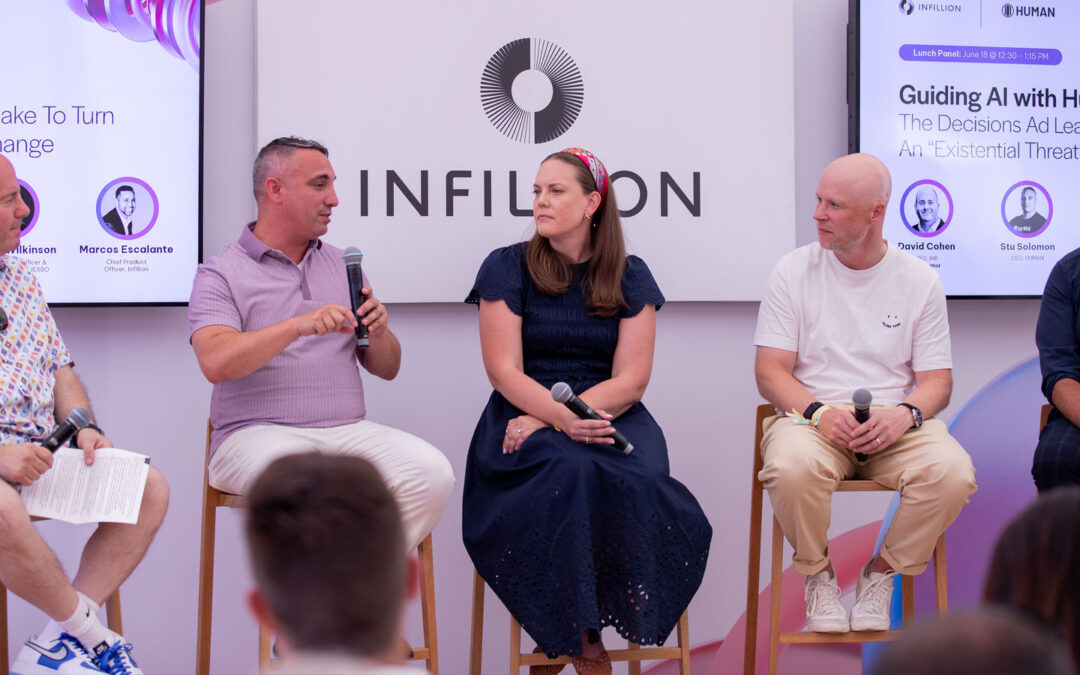
Where’s The Humanity In AI? We Asked Advertising Leaders
Conversations about AI were, predictably, everywhere at Cannes Lions. From the rise of agentic systems within holding companies to the use of generative technology in building and customizing creative, it was unavoidable. Yet one topic, we figured, might be...
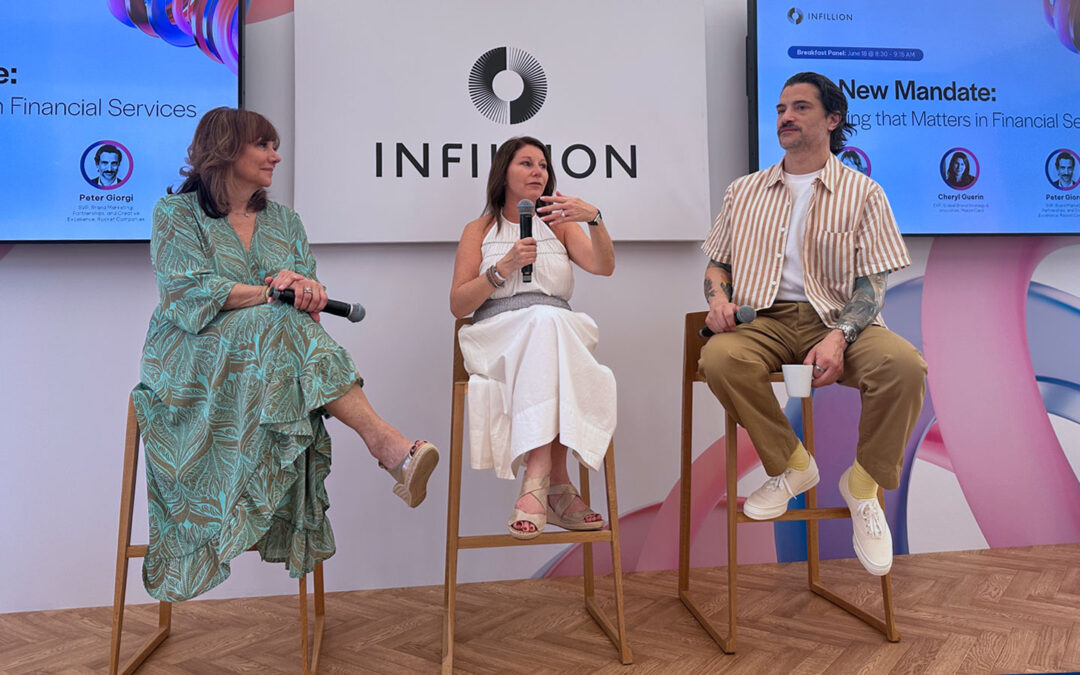
Inspirational Ads That Perform: Priceless Insights From Financial Services
For decades, financial services companies have established a reputation for globally iconic brand campaigns – and it’s made them the envy of the advertising industry. But what’s more, they’re able not just to inspire but to drive conversions. What are their secrets?...
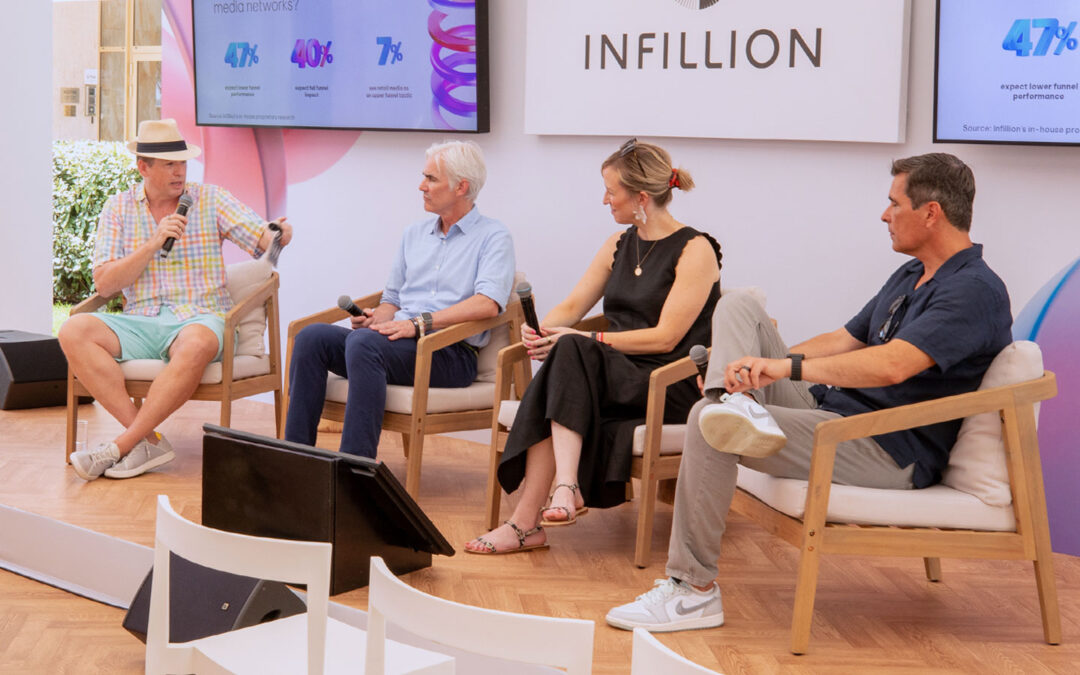
Smart Partnerships Are Driving Retail Media’s Next Act
Retail media networks catapulted into the advertising spotlight a few years ago, a trend driven in part by the promises of rich first-party data from retailers’ shopping data and loyalty companies. Plus, they had an obvious use case: Brands that sold their products at...
Let's Connect
